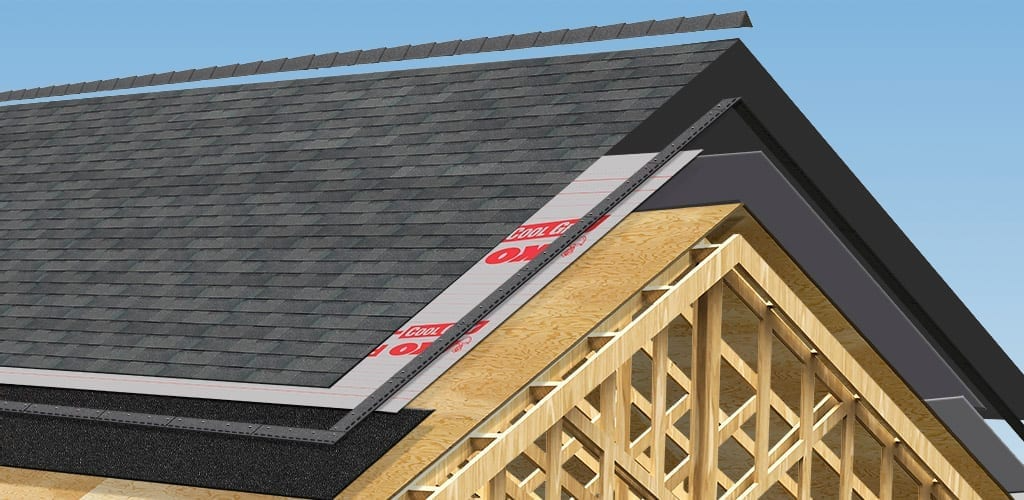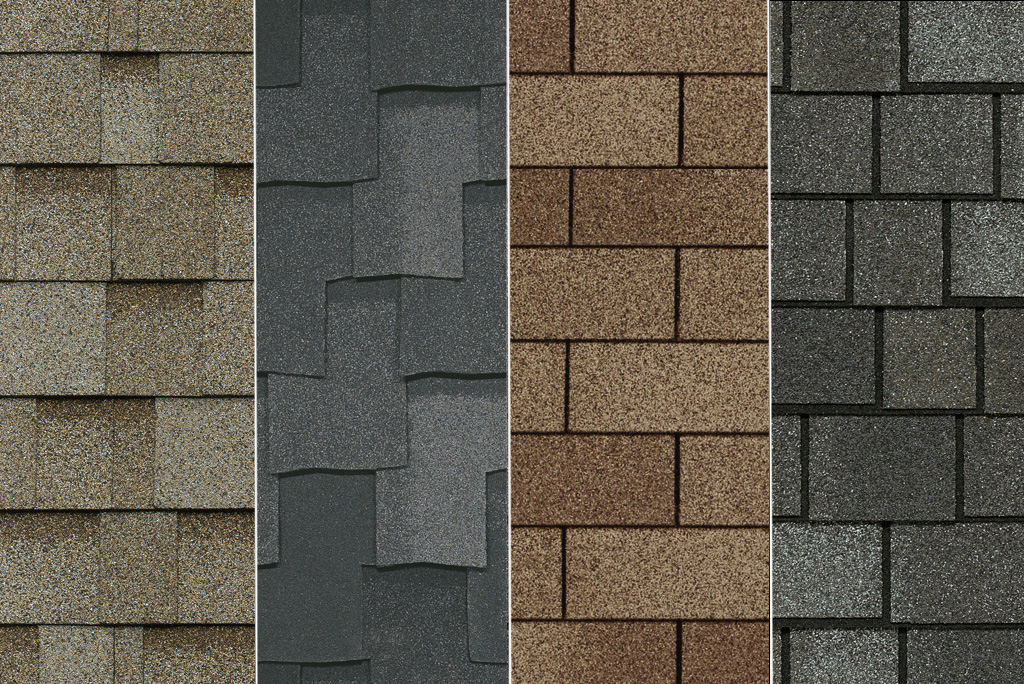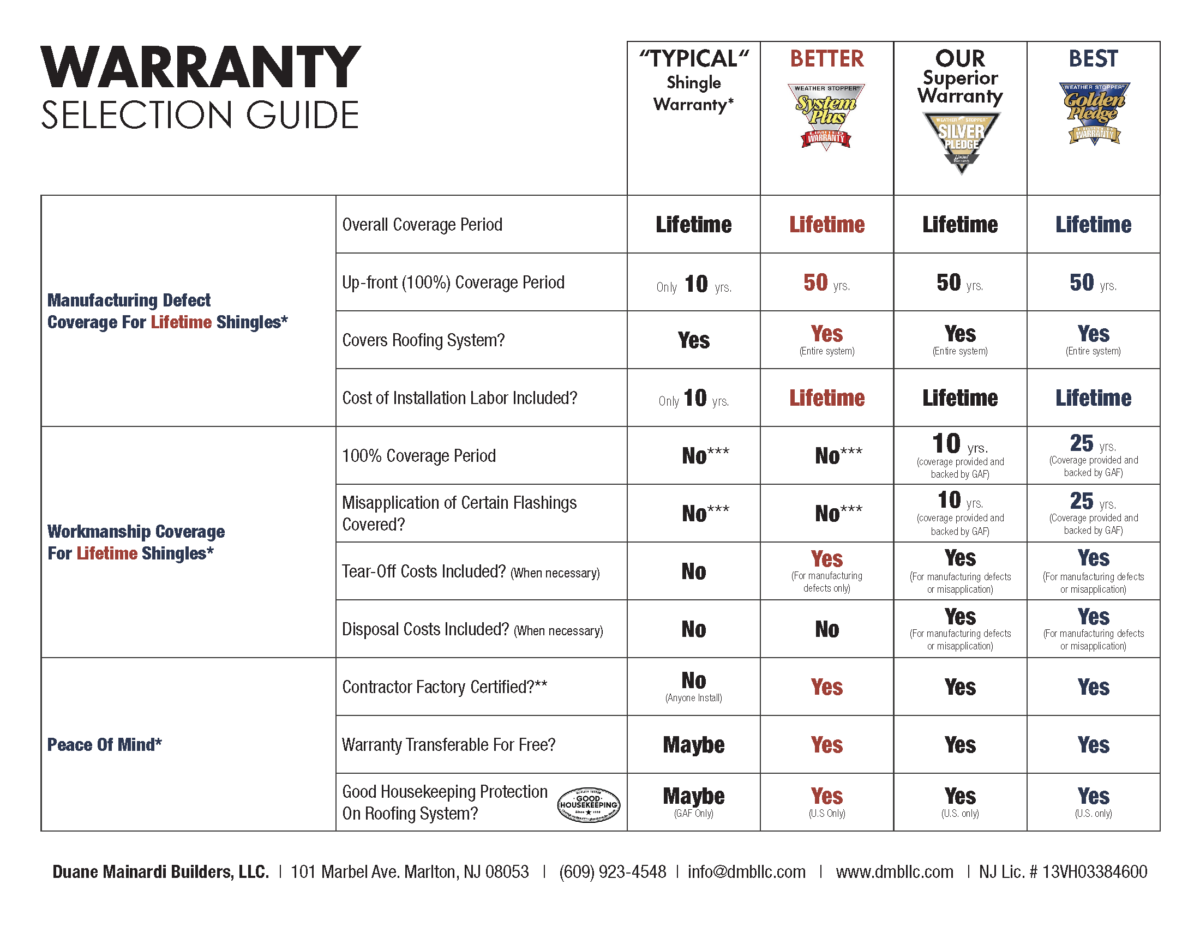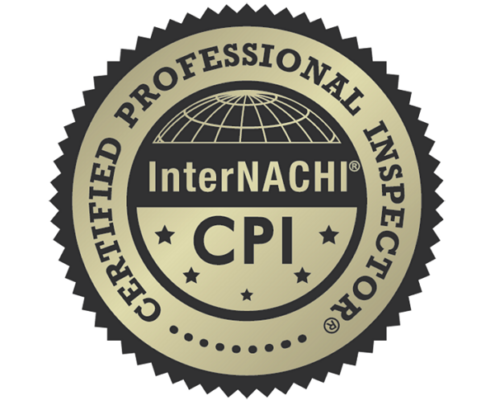Understanding What’s Covered
Diving deeper into these warranties uncovers the specifics of what is actually protected. This knowledge is crucial, as it outlines the extent of coverage homeowners can expect, helping to navigate any future claims and understand the real value of the warranty in place. Here’s a closer look at the coverage elements commonly found in shingle warranties and the limitations that often accompany them.
Material Defects Coverage: The primary purpose of a manufacturer’s warranty is to cover defects in the shingles that result from a faulty manufacturing process. This includes issues that cause the shingles to break down prematurely under normal weather conditions and usage, such as:
- Cracking or splitting
- Excessive granule loss not related to foot traffic or mechanical damage
- Curling or blistering
It’s important to understand that this coverage usually pertains to defects affecting the shingles’ functionality, not purely aesthetic concerns, unless those issues overlap.
Wind Damage Coverage: Many shingle warranties include specific provisions for wind damage, specifying up to what wind speeds the shingles are expected to withstand without sustaining damage. However, there are typically conditions attached, such as the shingles being properly installed according to the manufacturer’s specifications. Damage from winds exceeding the stated coverage limit or from flying debris might not be covered.
Algae Resistance Coverage: In certain climates, algae growth on shingles can be a significant problem, leading to unsightly streaks that can affect the home’s appearance and potentially the shingle’s lifespan. Some shingle warranties offer coverage against algae growth for a specified period. This coverage is often prorated, decreasing over time.
Limitations and Exclusions: Understanding what’s not covered is as crucial as knowing what is. Common exclusions in shingle warranties include:
- Damage from improper installation: This underscores the importance of hiring reputable, certified contractors that separately warranty their workmanship.
- Normal wear and tea, the gradual deterioration that is expected and is not covered.
- Acts of God: This includes severe weather events like hurricanes, tornadoes, and hail, which are typically covered under home insurance rather than the shingle warranty.
- Modifications or repairs made to the roof by non-certified individuals (including the homeowner) after the initial installation.
Understanding Exclusions: Carefully reviewing the warranty’s exclusions section is vital. It helps set realistic expectations and informs homeowners of situations that could void the warranty, such as installing a roof-mounted equipment without professional guidance.
By grasping the coverage scope, including what is and isn’t protected, homeowners can make more informed decisions about their roofing materials and maintenance. This knowledge also prepares you for efficiently handling potential claims, ensuring you are not caught off guard by the fine print.









